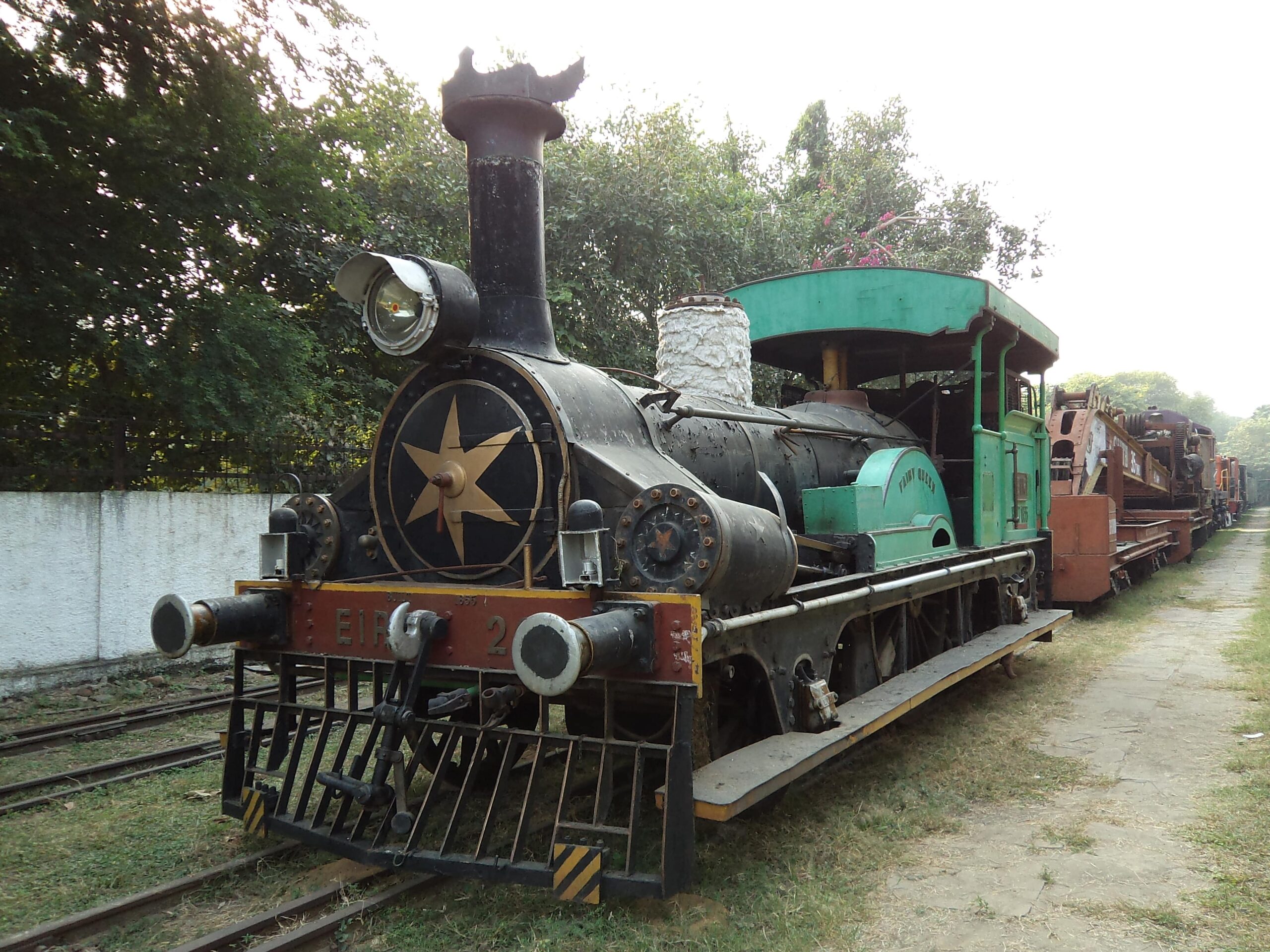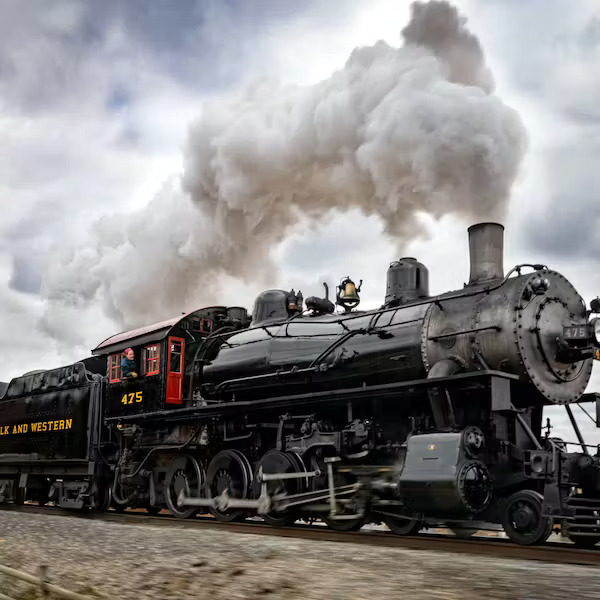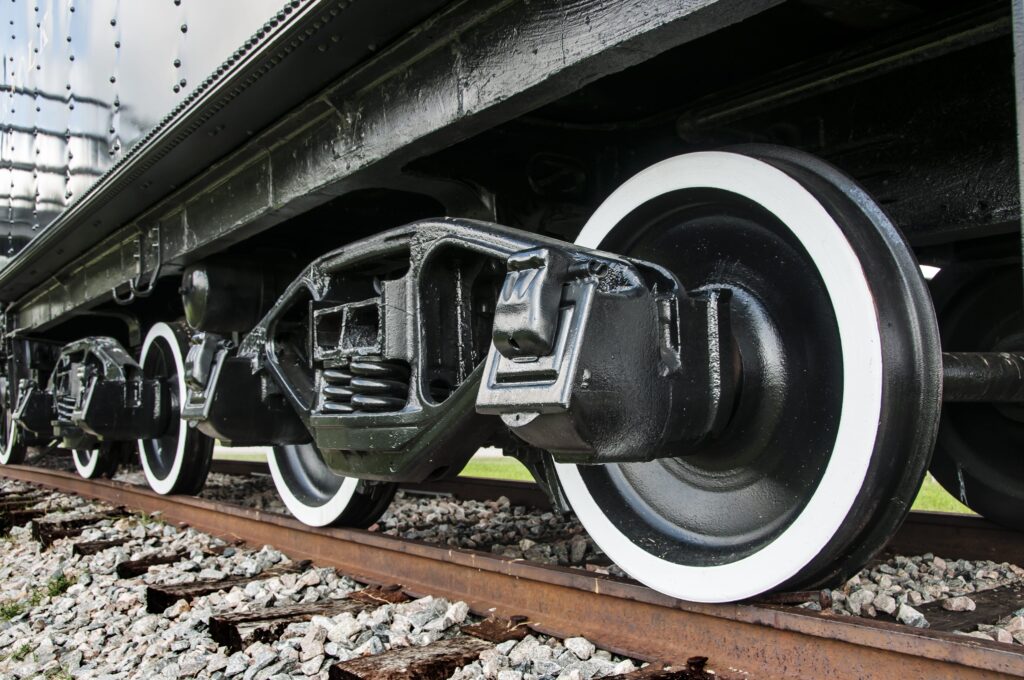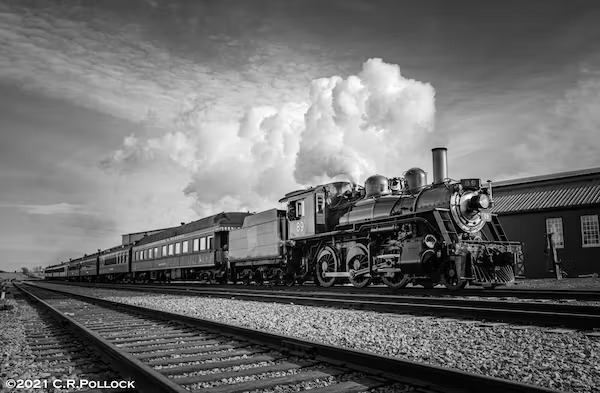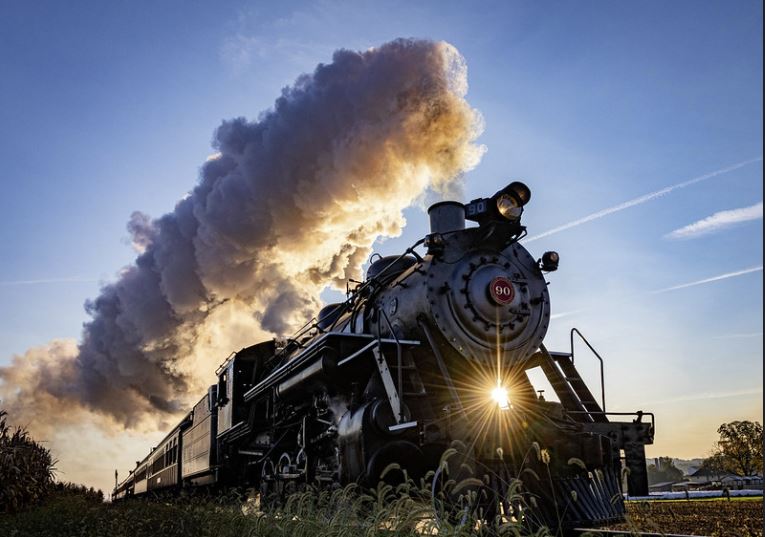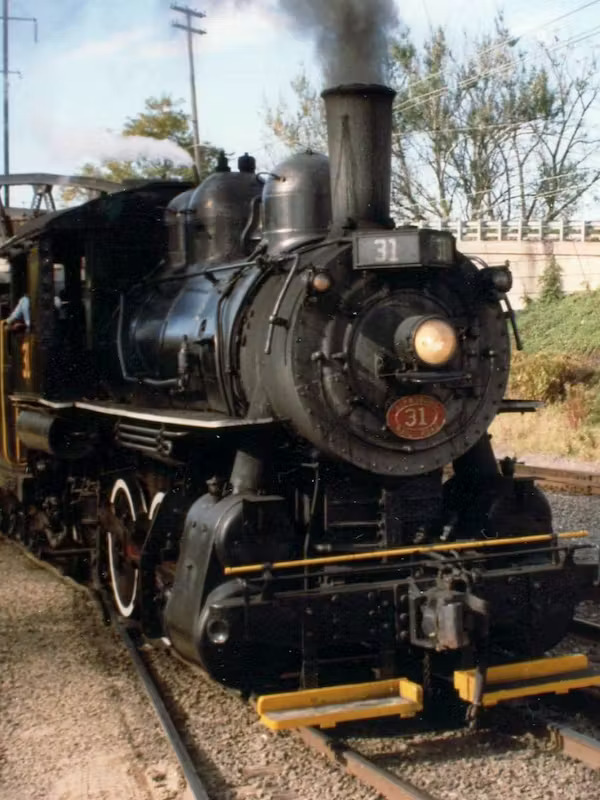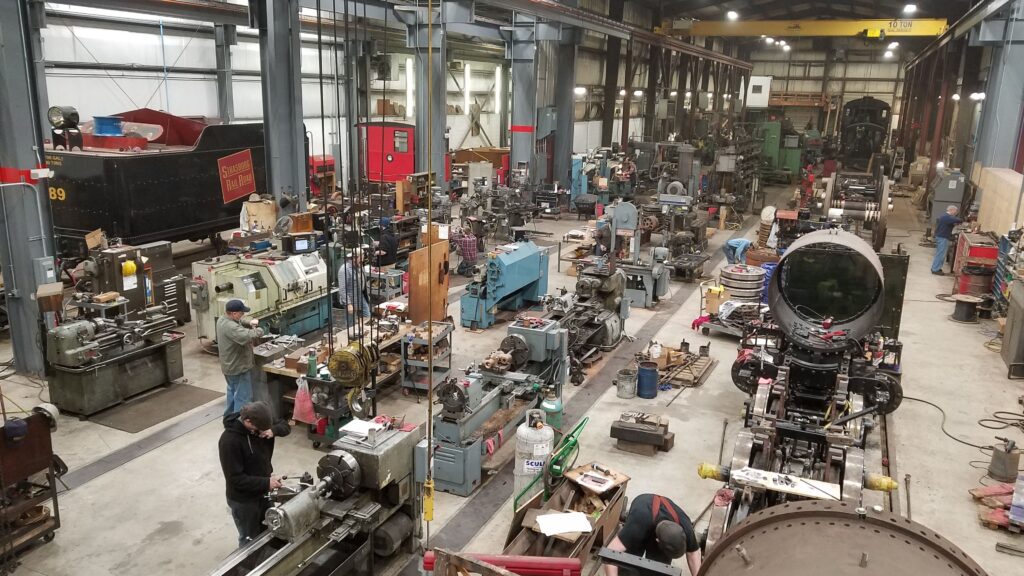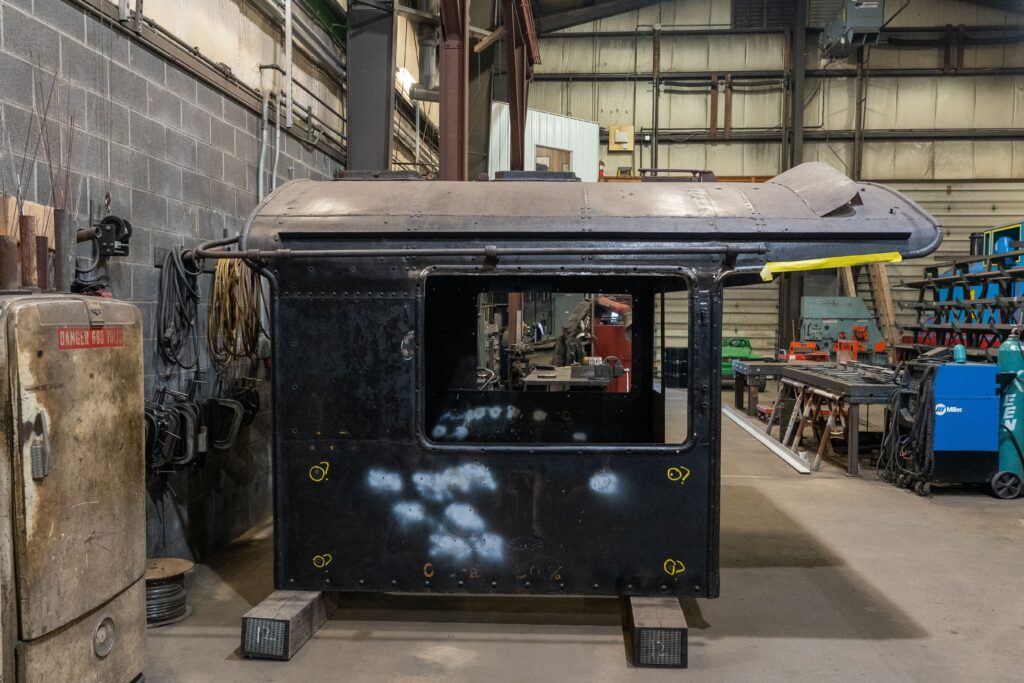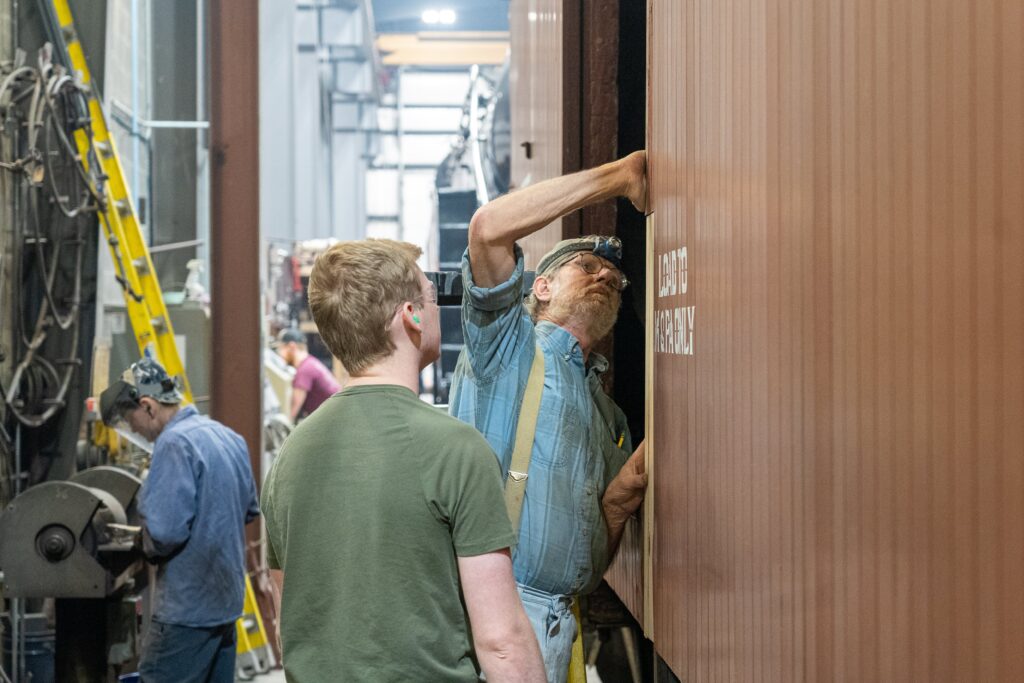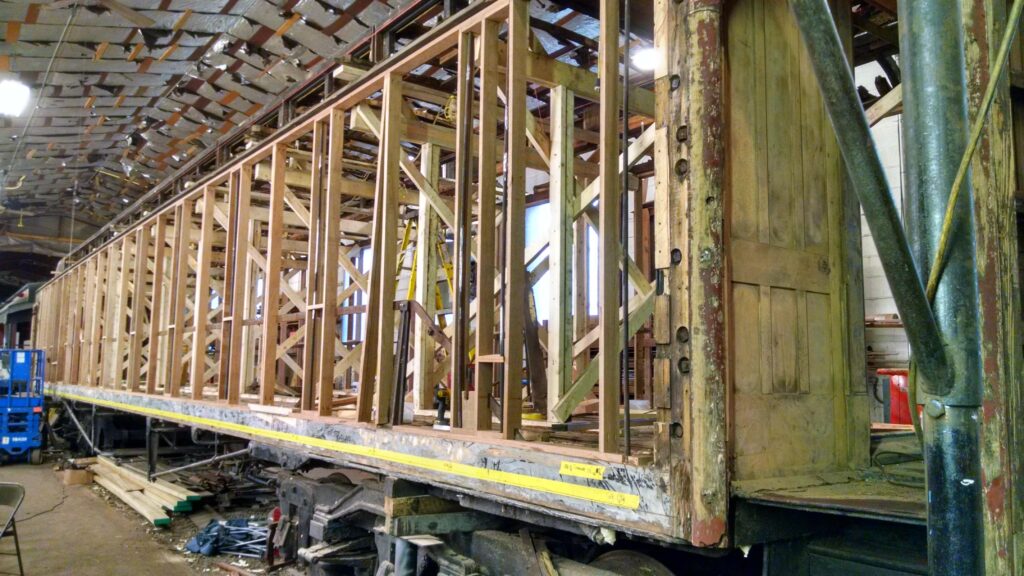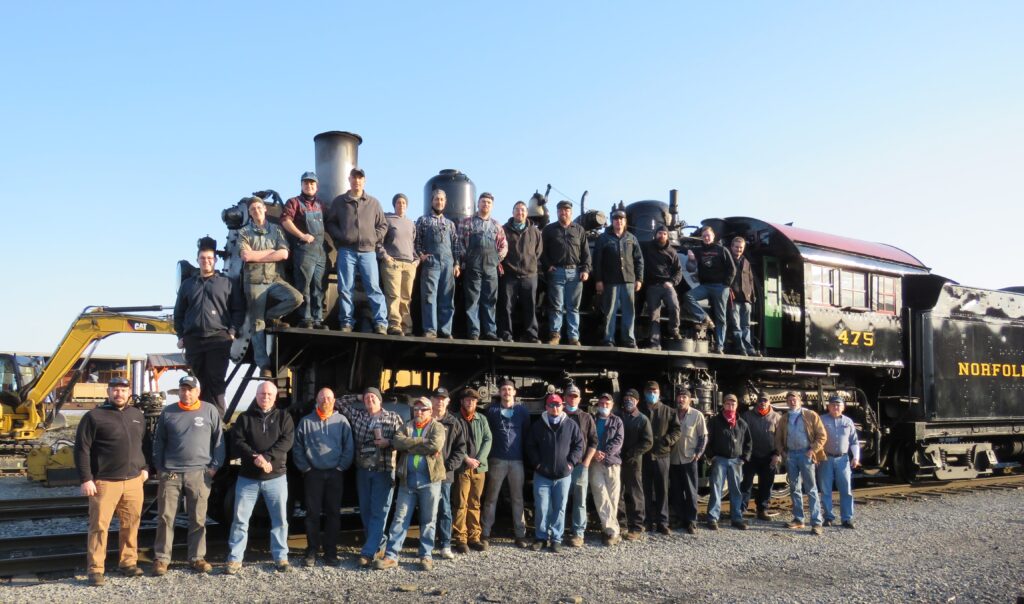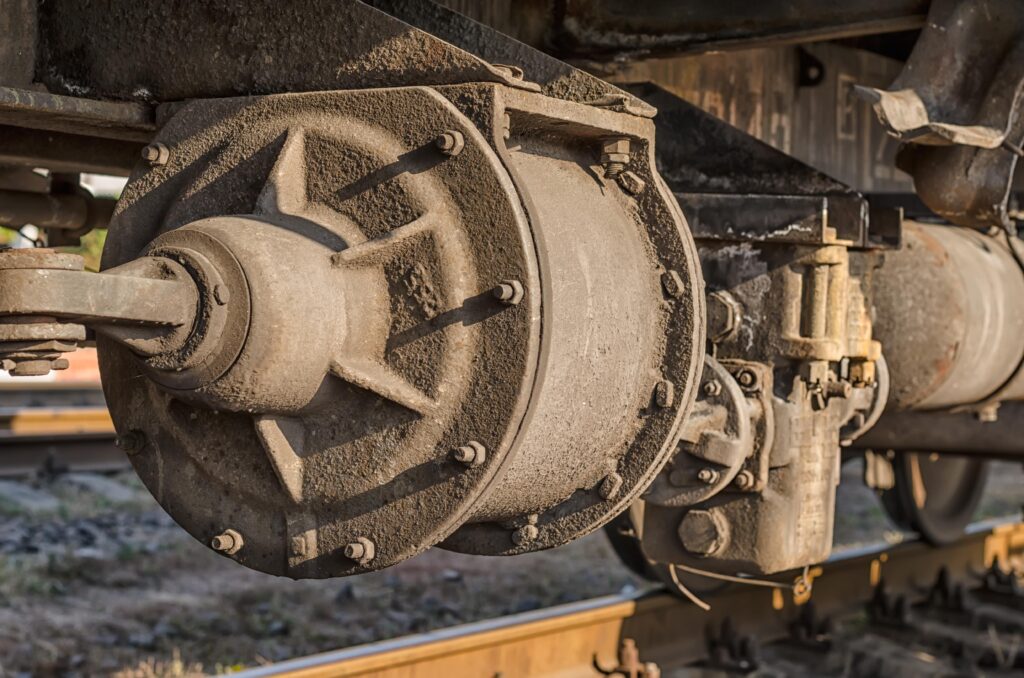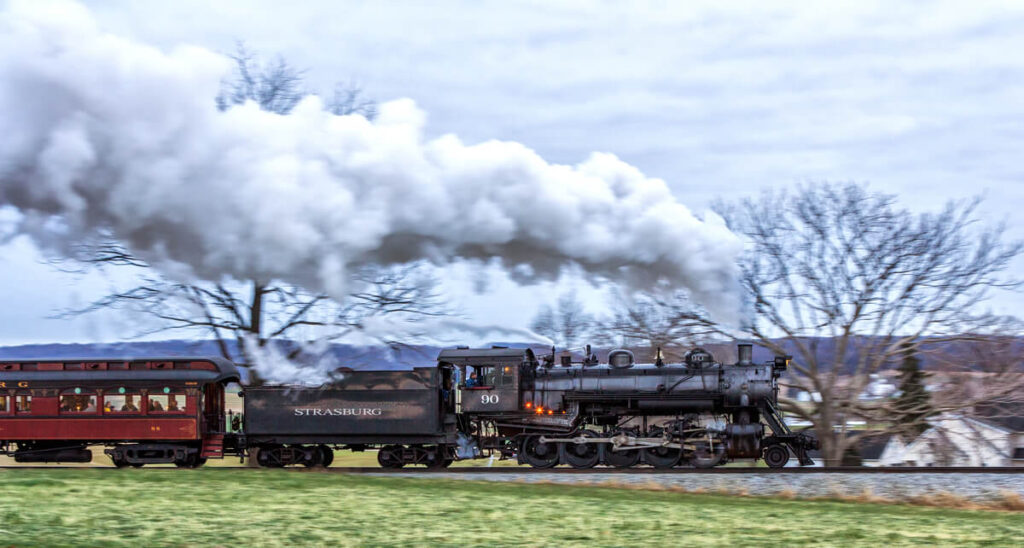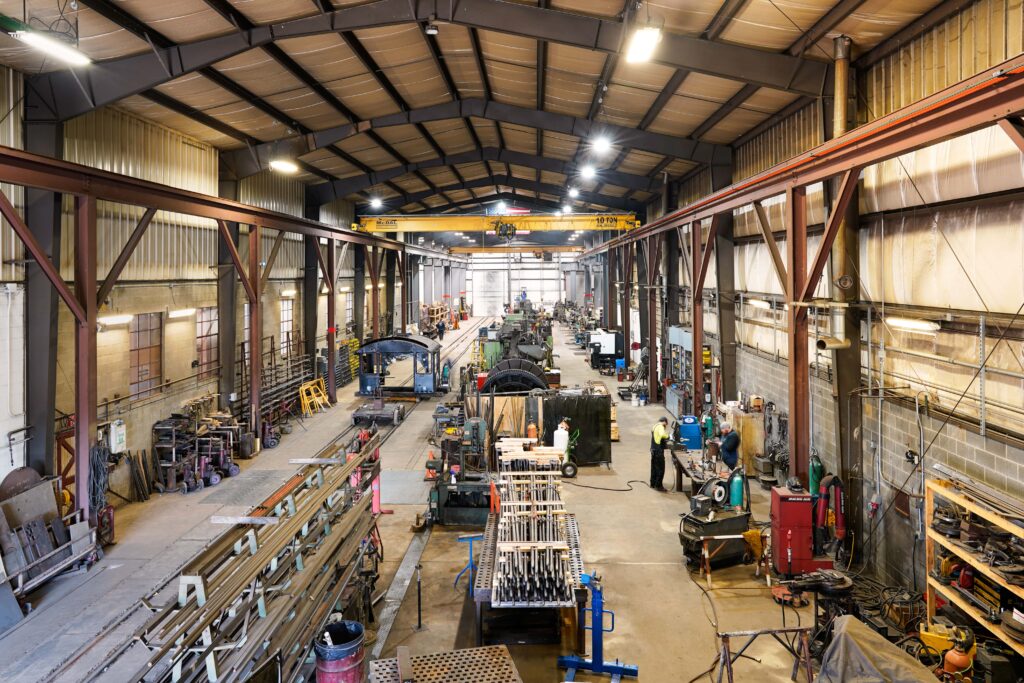How Railroad Industry Jobs Keep History Alive
While steam locomotives are pieces of history, they share many similarities with modern machinery today. Like cars, steam locomotives require care and maintenance to ensure performance and longevity. Regular inspections, tune-ups, repairs, and even the occasional restoration are needed to keep them running smoothly.
However, a steam locomotive’s upkeep is a complicated process that requires a team of skilled professionals working at a steam engine mechanical shop. The Strasburg Mechanical Shop is where that happens.
But what railroad industry jobs are available? Let’s examine the jobs needed to keep steam locomotives on track and what qualifications you need for them.
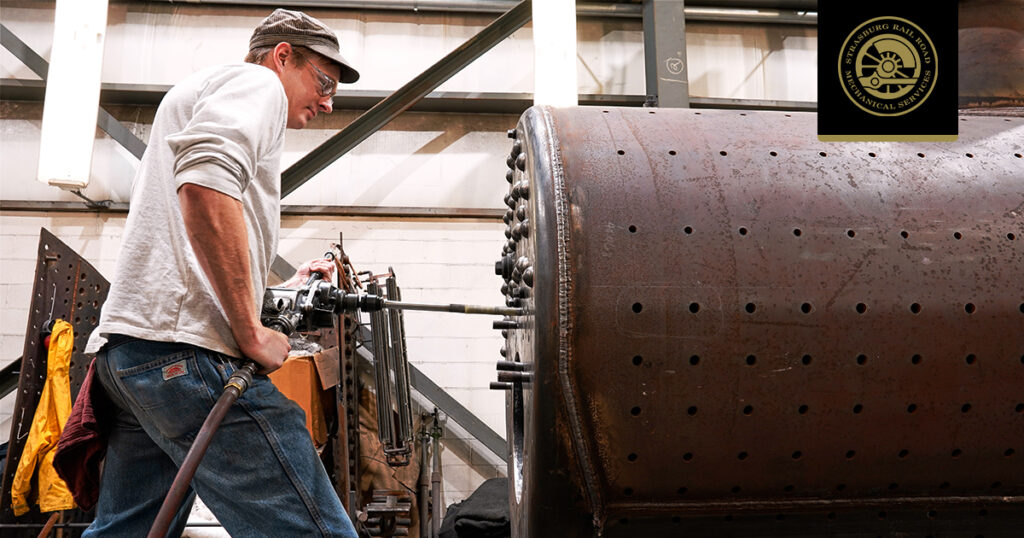
Boilermaker
A boilermaker should have a solid foundation in welding, fabrication, or mechanics. They need to be skilled in different welding techniques, including Shielded Metal Arc Welding (SMAW), Gas Tungsten Arc Welding (GTAW), and Flux-Cored Arc Welding (FCAW) for both ferrous and non-ferrous metals. Plus, they need to be knowledgeable in brazing and soldering these metals.
A big part of a boilermaker’s job is cutting and shaping metal, using both hand and power tools. They also work with heavy machinery like forklifts, telehandlers, and manlifts.
It’s important for boilermakers to know how to work with pipes and steam fittings, and to be skilled in rigging and lifting using overhead cranes. They should also be able to read blueprints and use basic machine tools, like drill presses and band saws.
Boilermakers with welding experience, especially ones with ASME or AWS certifications, are in high demand. Experience working on railroads is a positive, as it shows you already know the industry standards. And if you can operate machines like lathes and milling machines, both manual and CNC, that’s even better.
Experience as a millwright is a big plus since you’ll have skills like putting machines together, taking them apart, and fixing them. Knowing your way around CAD or CAM software can make designing and building parts easier. Also, knowing about hydraulics, electrical systems, and the intricacies of steam locomotive operation can be a major advantage for boilermakers.
It’s also important to know the rules and regulations from the Federal Railroad Administration, ASME, and NBIC. Having a degree or formal training in any of these areas can help in this job.
Car Builder
A car builder’s main job is to keep old railroad cars in good shape by doing everything from repairs to full restorations. They do everything from:
- Constructing and repairing the car’s structural framework.
- Replacing or restoring the exterior panels and trim.
- Repairing and installing windows and doors.
- Crafting interior woodwork.
- Applying paint and varnish finishes.
- Restoring original hardware.
- Completing other intricate finishing touches.
In addition to their technical skills, car builders are also teachers. They mentor less experienced team members, sharing their expertise in historic railcar design, construction, repair, maintenance, and operation. This helps preserve and pass on these specialized skills to future generations.
To keep these old locomotives looking and running their best, car builders use a mix of old and new skills. They build and fix wooden parts using traditional methods, get metal and wood ready for finishing, and apply a variety of finishes. They also do general building and carpentry work in the workshop.
Safety is a top priority, and car builders follow strict guidelines and policies. They are committed to constantly learning by looking for opportunities to expand their knowledge and stay updated on industry best practices.
Engine House Mechanic
The engine house mechanic is key to keeping old steam locomotives running smoothly. They work with the engine house foreman to get the locomotives ready each day, conduct thorough inspections, and perform necessary repairs and maintenance.
A big part of being an engine house mechanic is keeping the locomotives safe and reliable. This means following strict FRA regulations, checking the locomotives regularly, fixing the brakes, and making quick repairs when needed. The mechanic also helps keep the locomotives looking good, making sure they look polished and historically accurate.
Mechanics need a solid understanding of steam locomotives and air brakes. They need to be good with both hand and power tools, as well as operating heavy machinery. It’s important to be able to follow directions and work independently while paying close attention to detail.
Machinist
As you would expect, the perfect person for this job is someone who is a skilled machinist, tool and die maker, or millwright. They should be able to use all kinds of machine tools, like lathes, mills, and grinders, and be precise while taking measurements with micrometers and calipers. They should also be good with hand and power tools and have heavy machinery experience.
Beyond machining skills, a machinist needs to know how to read blueprints and know how to correctly set up different cutting tools to help create standard and custom parts, as we did for the Great Western Decapod No. 90. They also should be skilled in rigging and lifting heavy equipment using overhead cranes.
Machinists should have experience with CNC machines and know how to weld, braze, and cut with a torch. Having previous experience working in the railroad industry is an advantage as well as having a degree or formal training in a related field. Knowing CAD/CAM software, hydraulics, electrical systems, and how steam locomotives work is a bonus.
Steam Locomotive Restoration Specialist
A steam locomotive restoration specialist is a highly skilled person who plays an important role in preserving and restoring historic steam locomotives. They need to know everything about steam locomotives, from how the boiler works to how the engine runs.
A big part of the job is giving advice to the rest of the team. By watching locomotives run and doing inspections, specialists can spot problems and suggest fixes. They also participate in daily shop tasks, working on projects like metalwork, welding, and machining to build and repair parts.
To be good at this job, you need to know how machines work and be able to read blueprints and mechanical drawings. You also need a good eye for detail and be skilled with tools, from hand tools to heavy machinery. It’s important to know the rules set by the FRA and be familiar with industry standards like ASME and NBIC.
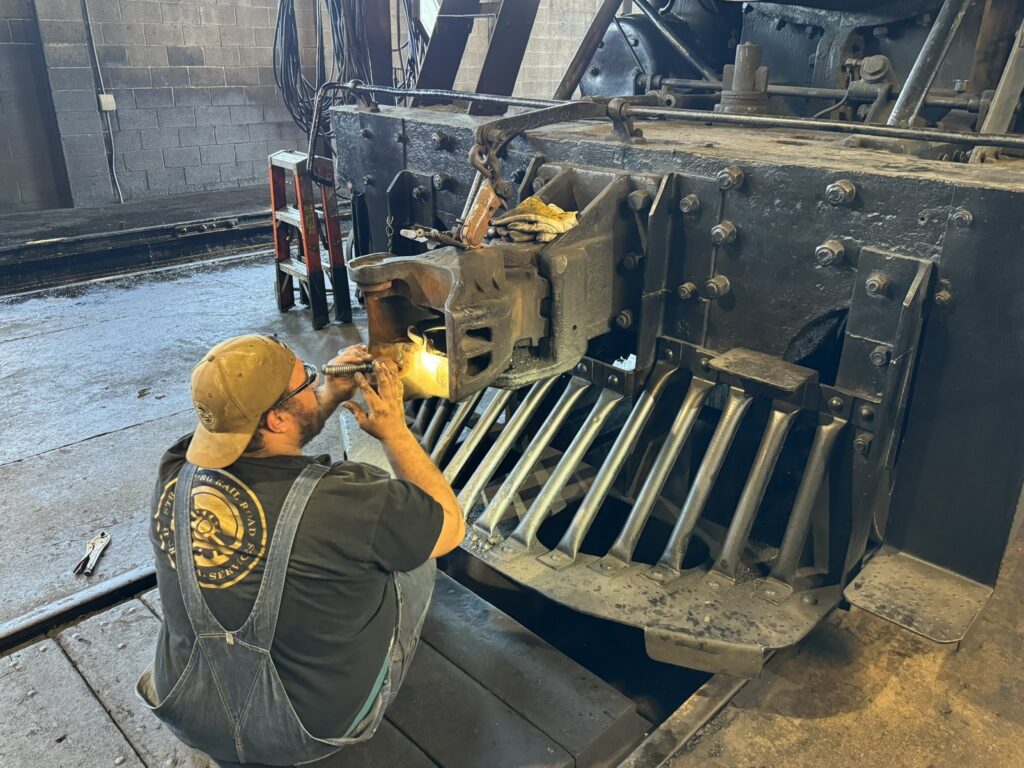
Keeping History Alive and Steaming
Keeping a steam locomotive running isn’t a job for one person. It takes a team of people who don’t get the credit they deserve to keep these pieces of history on the rails.
From the engineers to the mechanics and boilermakers, each team member plays an important role in making sure these engines continue to steam along.
Railroad industry jobs require a special person who has both the technical skills as well as a love for steam locomotives. Working at a mechanical shop is not just a job—it’s a passion project.
Looking to join a team where you can help save railroad history?



